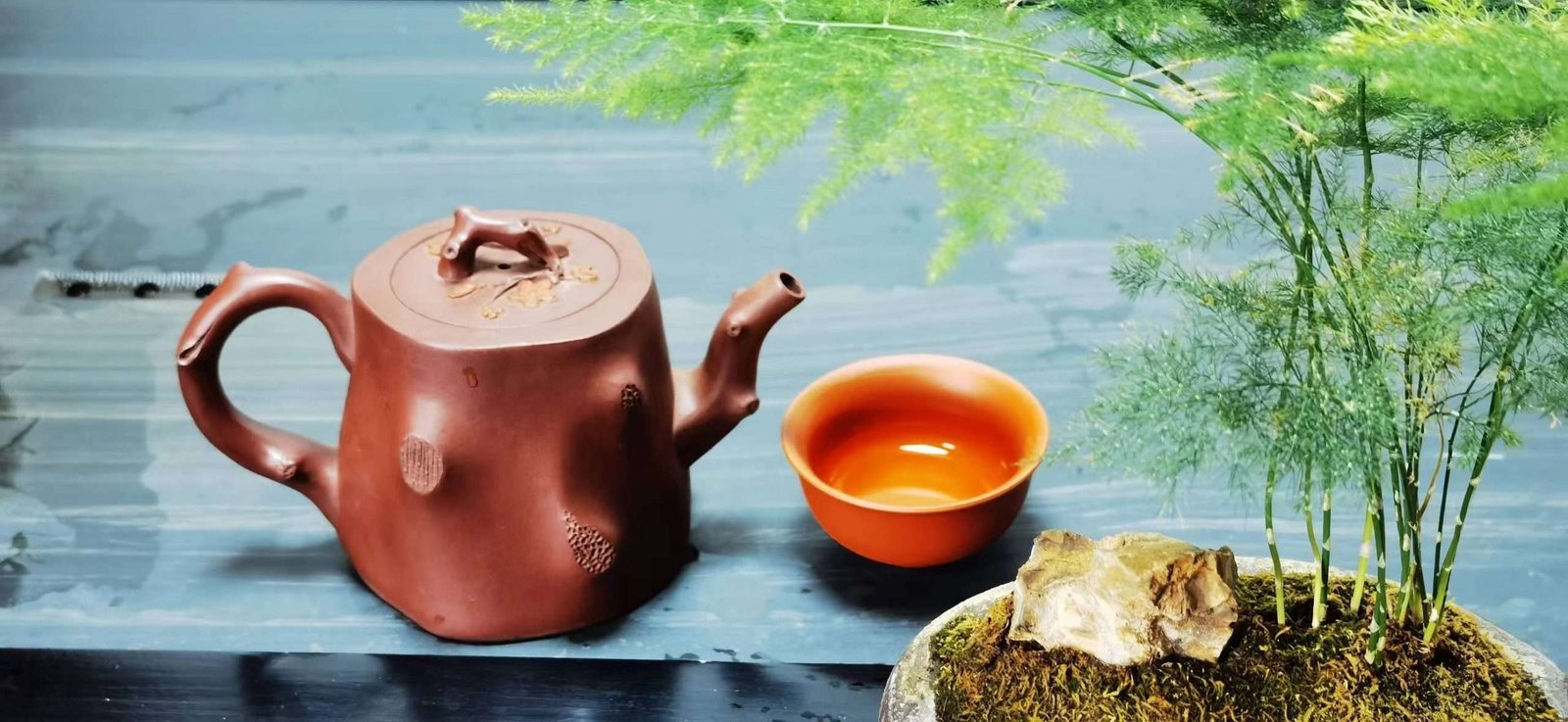Checkout
Filter by price
Showing 1–12 of 36 resultsSorted by latest
Clay Teapot 6.8oz/200ml Chinese Yixing Zisha Handmade Purple Sand Yellow Mud Small Xishi Tea Pot Kungfu Tea Infuse Brew Loose Tea
Yixing Zisha Handmade Tea Set, Xishi Large Capacity Ceramic Teapot with Set of 2 Tea Cups, 10 oz/300 ml
Teapot Chinese Dragon Tortoise Auspicious Fengshui Zisha Clay Gongfu Tea Pots for Loose Tea (Black)
Dragon and Phoenix Color-Changing Teapot Set, Handmade Clay Teapot with 2 Teacups, Chinese Traditional Ceramic Tea Set, Exquisite Kung Fu Tea Pot for Tea Lovers, Wedding Gift
Yixing Handmade Traditional Purple Clay Teapot.Imitation Watermelon Shape,Zisha Teapot Set.
Japanese Teapot Kyusu Tokoname Youhen Clay Teapot 11.8 Fluid Ounces Fusen L161 (1)
Teapot Chinese Yixing Genuine Black Sand Heijingang Tea Xishi Pots With Rope Bag (s mini)
Teapot 8.6oz Chinese Gongfu Tea Genuine Black Clay Zisha Classics Pot Infusers Tea
Japanese Green Tea Co. Japanese Red Clay Teapot for Green Tea (9oz) – Traditional Clay Teapot Made in Tokoname with Floral Design – Fine Mesh System for Fukamushi Tea Deep Steaming
Japanese Kyusu Tokoname Clay Teapot Isshin 11.5 Fluid Onces IL228 (Single Pack)
Travel Tea Sets 12 PACK Ceramic Teapot, Chinese Tea Pot Cup Set with Tray Infuser,Purple Clay Teapot,Teacups,Tea Canister,Bamboo Tray in One Tea Gift Bag for Outdoor Home Business
Teapot 8oz Chinese Origine Zisha Ware Zini Clay Pots Infuser for Loose Tea Fanggu
Zisha teapots, known for their long history and unique culture, originated during the Ming Dynasty (1368-1644) in China. Here are several important stages in the history of Zisha teapots:
Origins and Development: The craft of making Zisha teapots began in Yixing, Jiangsu Province. Initially, these pots were used to create everyday utensils. As the pottery-making techniques evolved, Zisha teapots gradually became popular for brewing tea, especially during the Ming Dynasty, when they became favored by scholars and literati.
Flourishing in the Ming Dynasty: The Ming Dynasty marked the golden age of Zisha teapots. Renowned artisans such as Gu Jingzhou and Chen Mingyuan created many classic pot shapes and techniques. During this period, Zisha teapots were not only valued for their practicality but also began to emphasize artistry and individuality.
Inheritance and Innovation in the Qing Dynasty: The Qing Dynasty (1644-1912) represented another peak in the art of Zisha teapots. Many famous Zisha artists continued to inherit and innovate, leading to the formation of various styles and schools. Zisha teapots from this period are known for their exquisite craftsmanship and diverse shapes, making them highly sought after by collectors.
Modern Development: In the 20th century, Zisha teapots faced market changes and technological innovations. Although traditional craftsmanship encountered some challenges, many Zisha artisans continued to adhere to hand-making techniques, striving to blend the artistic value of Zisha teapots with modern aesthetics.
Cultural Impact: Zisha teapots are not only tea utensils but also symbols of traditional Chinese culture. They carry rich cultural connotations and reflect the profound heritage of Chinese tea culture, becoming an essential part of tea ceremonies and tea art performances.
In summary, the development of Zisha teapots reflects the inheritance and innovation of traditional Chinese craftsmanship, as well as the significant role of tea culture in Chinese society.












